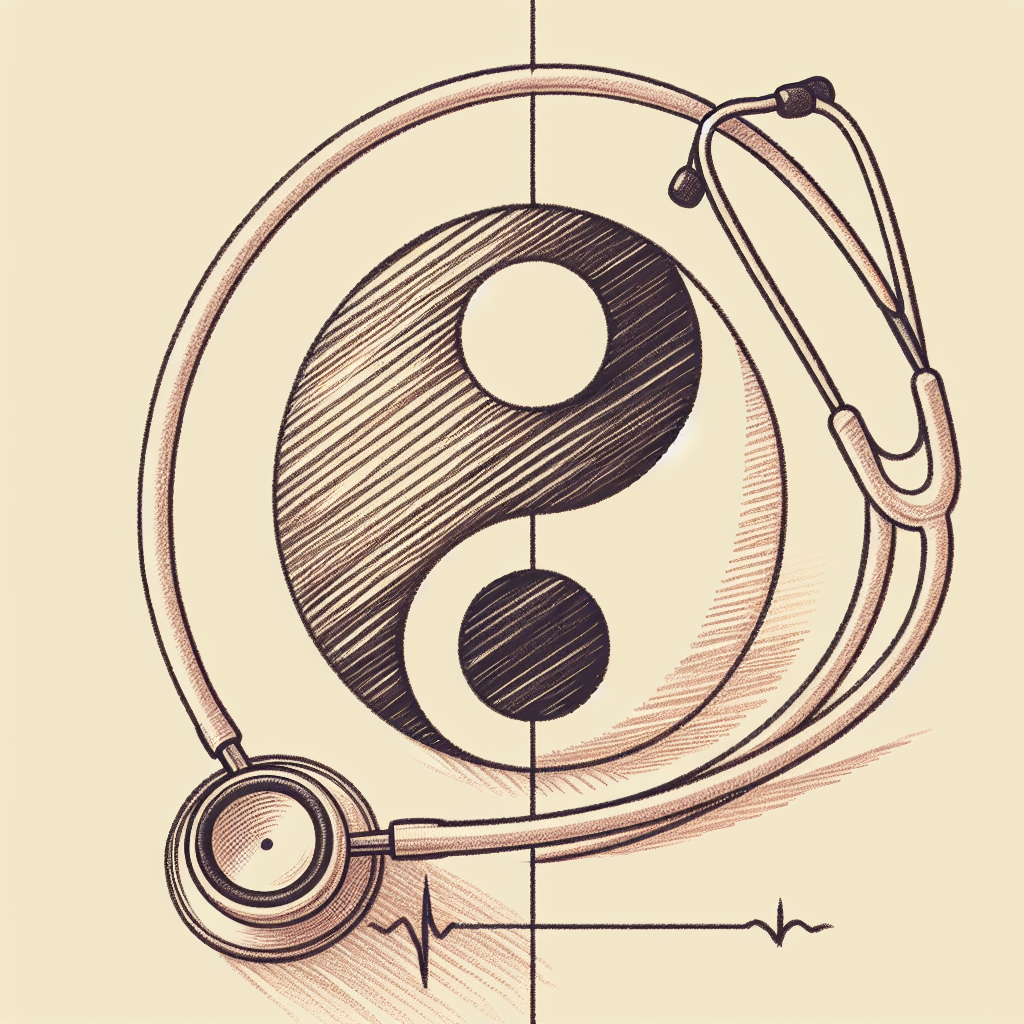Pain Management in the 21st Century: A Comprehensive Guide to Western and Eastern Approaches
Pain is a universal human experience, yet its management remains one of the most complex challenges in healthcare. Chronic pain, in particular, affects millions of people worldwide, significantly impacting their quality of life. As we navigate the 21st century, the convergence of Western medical practices and Eastern alternative approaches offers a broad spectrum of strategies for managing chronic pain. This article delves into the methodologies, efficacy, and integration of these diverse approaches to provide a comprehensive guide to pain management.
Understanding Chronic Pain
Chronic pain is defined as pain that persists for more than three months, beyond the usual course of an acute illness or injury. It can be constant or intermittent and can affect any part of the body. Common types include back pain, arthritis, migraines, and neuropathic pain. The complexity of chronic pain arises from its multifactorial nature, involving physical, psychological, and sometimes social components.
Western Approaches to Pain Management
Pharmacological Interventions
Western medicine primarily focuses on pharmacological interventions to manage chronic pain. Nonsteroidal anti-inflammatory drugs (NSAIDs), acetaminophen, opioids, and muscle relaxants are commonly prescribed to alleviate symptoms. While these medications can be effective, they come with a range of potential side effects, including gastrointestinal issues, addiction, and tolerance.
Physical Therapy
Physical therapy is another cornerstone of Western pain management. It involves exercises, stretches, and other physical activities designed to strengthen muscles, improve flexibility, and reduce pain. Techniques such as ultrasound therapy, electrical stimulation, and manual manipulation are often used to enhance treatment outcomes.
Surgical Interventions
In cases where conservative treatments fail, surgical interventions may be considered. Procedures like spinal fusion, joint replacement, and nerve decompression can provide significant relief for certain types of chronic pain. However, surgery carries inherent risks, including infection, complications, and the possibility of incomplete pain relief.
Psychological Therapies
Cognitive-behavioral therapy (CBT) and other psychological approaches are increasingly recognized for their role in pain management. These therapies aim to alter pain perception and improve coping mechanisms, addressing the psychological components of chronic pain.
Eastern Approaches to Pain Management
Acupuncture
Acupuncture, a key component of Traditional Chinese Medicine (TCM), involves the insertion of fine needles into specific points on the body to balance the flow of Qi (vital energy). According to TCM, pain results from blockages or imbalances in Qi. Numerous studies have shown that acupuncture can be effective in treating various types of chronic pain, including back pain, osteoarthritis, and migraines.
Herbal Medicine
Eastern medicine often utilizes herbal remedies to manage pain. Herbs like turmeric, ginger, and boswellia have anti-inflammatory properties and can be used as natural alternatives to pharmaceuticals. These herbs are usually prescribed in combination, tailored to the individual’s specific condition and constitution.
Mind-Body Practices
Eastern approaches emphasize the connection between mind and body in pain management. Practices like yoga, tai chi, and qigong combine physical movement, meditation, and breathing exercises to enhance physical and mental well-being. These practices have been shown to reduce pain, improve function, and enhance quality of life.
Dietary Therapy
In TCM, diet is considered a crucial aspect of health and pain management. Foods are classified according to their energetic properties (e.g., warming, cooling) and their effects on the body’s organs and meridians. A tailored diet can help balance the body’s internal environment, potentially alleviating chronic pain.
Comparative Analysis
Holistic vs. Targeted Approaches
One of the primary differences between Western and Eastern approaches to pain management is the focus. Western medicine often adopts a targeted approach, aiming to address specific symptoms or anatomical issues. In contrast, Eastern medicine takes a holistic view, considering the interplay of physical, emotional, and environmental factors.
Immediate vs. Long-term Relief
Western pharmacological treatments are generally geared towards providing immediate relief from pain. However, they may not address the underlying causes and can lead to dependency and side effects. Eastern practices, on the other hand, often focus on long-term solutions by addressing root causes and promoting overall balance in the body.
Evidence-Based vs. Traditional Wisdom
Western medical practices are heavily rooted in evidence-based research, with treatments undergoing rigorous clinical trials. Eastern approaches, while increasingly supported by scientific studies, are largely based on centuries-old traditions and empirical wisdom. The integration of both can offer a balanced approach to pain management.
Patient Involvement
Eastern practices often require active patient involvement, whether it’s through regular acupuncture sessions, daily herbal treatments, or consistent practice of mind-body exercises. Western approaches can be more passive, with patients relying on medications or undergoing surgeries performed by healthcare providers.
Integration of Western and Eastern Approaches
The 21st century has witnessed a growing interest in integrative medicine, which combines the strengths of both Western and Eastern approaches to provide comprehensive care. For instance, a patient with chronic back pain might benefit from a combination of physical therapy, acupuncture, and mindfulness meditation. This integrative strategy can offer more holistic and effective pain management, addressing both symptoms and underlying causes.
Challenges and Considerations
While integrating these approaches holds promise, it also presents challenges. Differences in medical paradigms, lack of standardized training for alternative practitioners, and varying regulatory frameworks can complicate integration. Moreover, patients and healthcare providers must be open to exploring and combining different modalities.
Future Directions
The future of pain management lies in personalized medicine, where treatments are tailored to the individual’s genetic makeup, lifestyle, and specific condition. Advances in technology, such as digital health platforms and wearable devices, can facilitate the integration of Western and Eastern approaches, enabling more precise and effective pain management strategies.
Conclusion
Chronic pain is a multifaceted condition that requires a multifaceted approach. The Western medical model offers powerful tools for immediate relief and structural interventions, while Eastern practices provide holistic and long-term solutions. By embracing the strengths of both paradigms, we can develop more comprehensive and effective strategies for managing chronic pain in the 21st century. The integration of these diverse approaches promises not only to alleviate pain but also to enhance overall well-being, paving the way for a healthier future.

